Student Unions

The higher education system in Finland comprises two parallel sectors: universities and universities of applied sciences (polytechnics). Universities are characterized by scientific research and the highest education based thereon. Universities of applied sciences are oriented towards working life and base their operations on the high vocational skill requirements set by it.
Every university has a students’ union (ylioppilaskunta). Membership is mandatory by law for all students studying for a master’s or bachelor’s degree. A student union may also grant membership to other students of the university. The student unions are based on a parliamentary model; the general assembly is elected using an open list election. The student union is autonomous, and its internal life is organized by its by-laws. The student unions are considered a part of the Finnish administration, and administrative courts can appeal against their decisions.
Every university of applied sciences also has a student union (opiskelijakunta), and its status is guaranteed by law. The student unions are much younger in this sector because the dual model system that makes higher education in Finland came in 1996. Membership in opiskelijakunta differs from ylioppilaskunta because membership is not mandatory, and every student can decide whether to join the student union.
The student unions are responsible for all representation of the students and elect the student members of different administrative organs, including the university board. According to the law, student representation must be in every university’s administrative body.
Why student unions? Does that make sense? Are they real organizations? The answer is yes. A student card will be issued if you are a student union member. You will be eligible for many discounts over the state, like cheaper train tickets or 3-4 times cheaper food in the university buffet.
The Nordic model comprises the economic and social policies and typical cultural practices standard in the Nordic countries. This includes a comprehensive welfare state and multi-level collective bargaining based on the financial foundations of social corporatism and a commitment to private ownership within a market-based mixed economy. Every labor sector has its union. If you are a student, you are not the exception.
